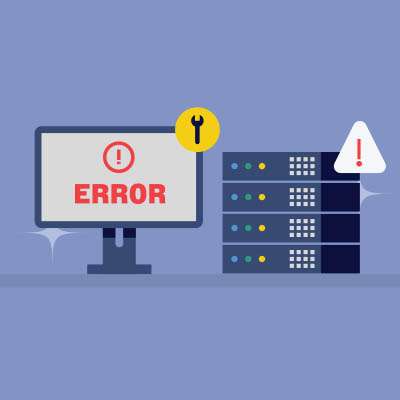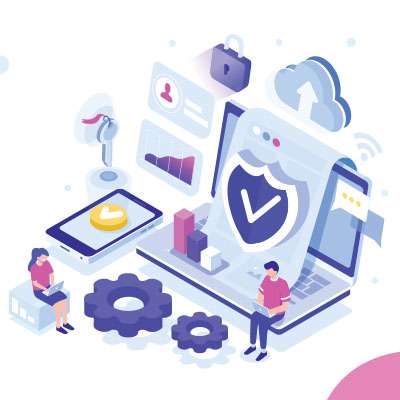Macro Systems Blog
It’s natural for businesses to depend on their tools, like IT, to achieve success, but if you don’t take care of your systems, it could lead to downtime. You can bypass many of these challenges with the right approach to technology maintenance. Listed below are some of the proactive methods you can use to keep downtime to a minimum.
A business experiencing a network bottleneck is having a bad day, especially since the ability to share data is so critical to many industries today. However, today’s resource-intensive technologies can easily eat through an organization’s bandwidth and create these kinds of network slowdowns.
Listed below: what can be done to reduce these bottlenecks, if not eliminate them outright.
It should come as no surprise that a modern business’ information technology and security precautions are frequently tied closely together—and wisely so. Not only can today’s technology greatly augment the security a business can defend itself with, but advanced security is needed to protect the critical IT that modern businesses rely on to function.
This makes it imperative that these two aspects of your business work together, so let’s go over some ways to ensure they can do so optimally.
“Quit.” The q-word is, in a business setting at least, one of the worst four-letter words someone can use… usually. In the context you probably first thought of, yes, but there are plenty of times that quitting can directly benefit your operations.
For example, say you have a project that is eating all of your resources, with no real returns in sight. What do you do then?
Technology is an essential part of most modern business operations, regardless of the size of the business… and how that size may change over time. As such, it is essential that the infrastructure that supports this IT can adapt to these swells and declines.
Listed below: why it is so imperative that your IT infrastructure fits your business and a few best practices for tailoring it.
Productivity is extremely imperative for your business' ability to generate revenue and maintain consistent performance. Interestingly, many businesses face similar productivity challenges over time. What can small and medium-sized businesses (SMBs) do to enhance productivity when it starts to decline? Listed below are some strategies to keep productivity high.
It’s no secret that things are more expensive these days, making it imperative that businesses have access to the technology needed to generate revenue. Without this access, a business suffers downtime and all the challenges it brings… not something you want to do.
Let’s consider why downtime happens, the scale of its costs, and what can be done to avoid it.
Business file sharing has become a daily routine. It's a critical part of collaboration, communication, and overall productivity. That being said, with the rise of cyberthreats, file security is more important than ever. It's not just about sharing files but doing it securely and efficiently. Listed below are some best practices for business file sharing.
What is digital waste?
Digital waste is all the useless data in our data storage that lingers until we do something with it. Extra files no longer needed, old emails and chats, and old, blurry pictures you never have and will never use… all qualify as digital waste. While it’s easy to discount digital waste as an annoyance, it creates a much bigger and more serious problem.
Modern businesses need to be prepared for almost every circumstance. You may have heard the term “BDR” used to describe a method of attaining this level of preparation. We wanted to discuss this term in more depth, covering what it refers to and what you need to do to protect your business should BDR be right for you.
Spoiler alert: it very much is.
How often do you think about your data backup system? If you’re like most businesses, it’s something that you will likely set up, then forget about, provided you haven’t had to use it. Still, having one is essential to any modern business, and building it with clear outcomes and metrics in mind will help you make your data backup system more effective for the moments when you’re glad you have it.
Are you paying attention to where you spend your IT dollars and whether or not you are making the most of your budget? It’s imperative to assess your needs before making any major technological purchase, including the goals, challenges, and pain points you are trying to solve. With the right approach, you can increase the value you get out of your IT, especially with the following strategies.
Any business can benefit from data and use it to enhance its operations. This is especially the case where information technology is involved. By collecting the right metrics, you can better evaluate your business IT’s performance and identify areas for improvement.
Let’s review what some of these metrics should be.























